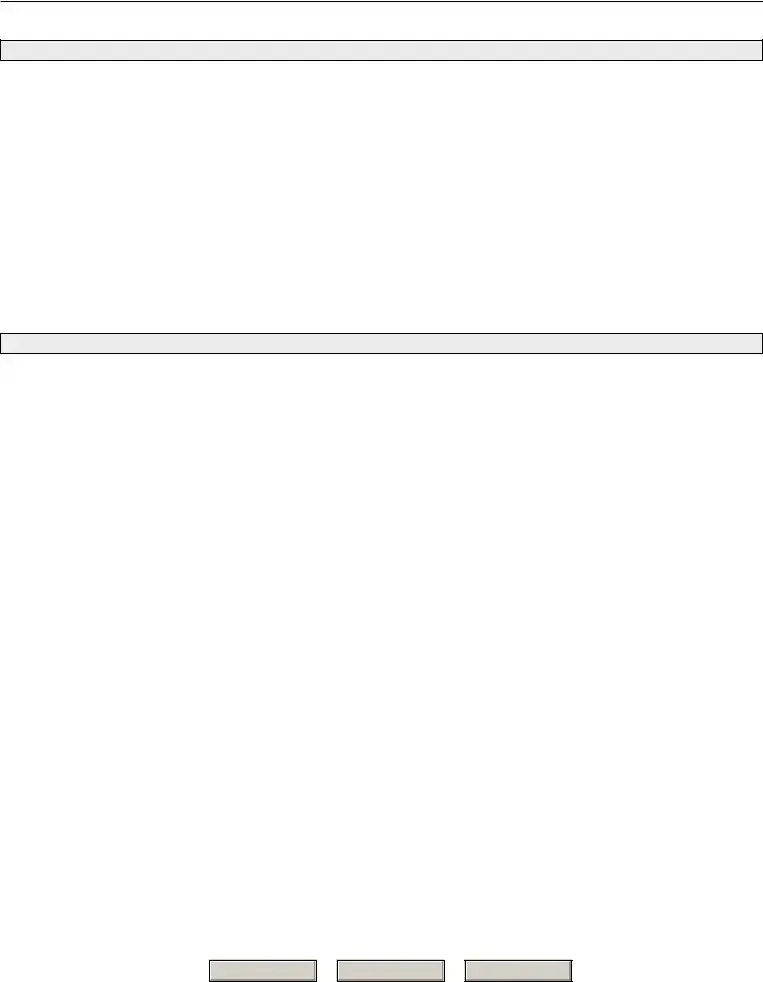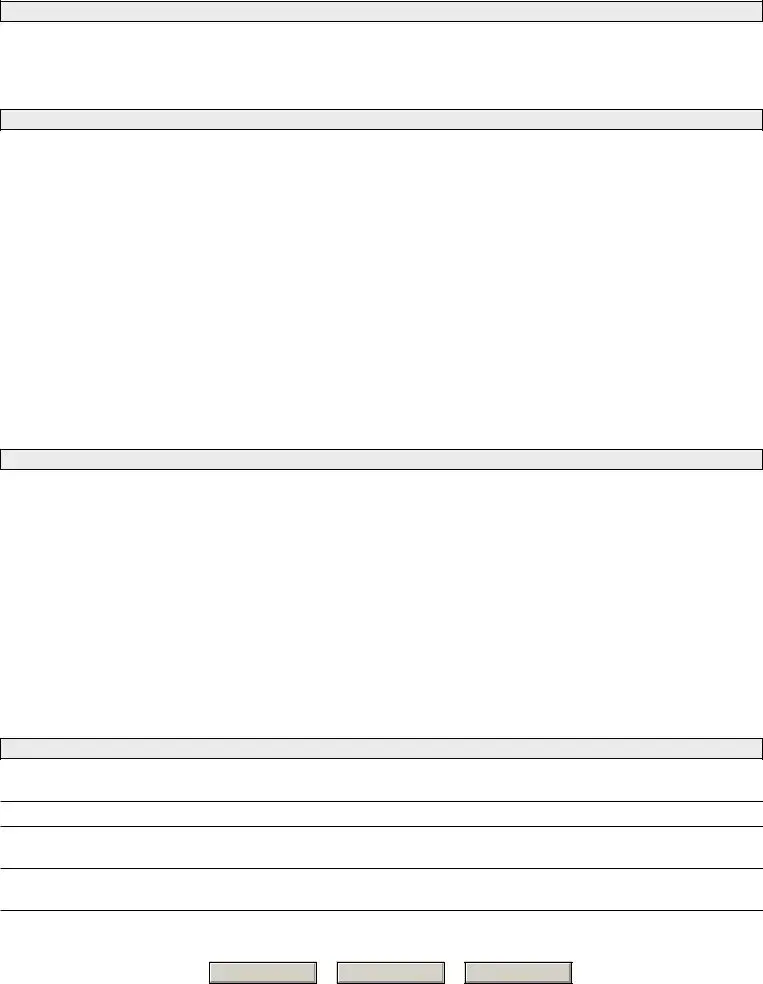|
As the time the form is received, complete the receipt of notice of |
33) First date medical care received |
|
injury and give it to the employee. In addition to completing |
The date of the first visit to the physician listed in Item 31. |
|
Items 17 through 39, the supervisor is responsible for obtaining |
|
the witness statement in Item 16 and for filling in the proper codes |
36) If the employing agency controverts continuation of |
|
in shaded boxes a, b, and c on the front of the form. If medical |
|
expense or lost time is incurred or expected, the completed form |
pay, state the reason in detail. |
|
should be sent to OWCP within 10 working days after is received. |
COP may be controverted (disputed) for any reason; however, |
|
The supervisor should also submit any other information or |
|
the employing agency may refuse to pay COP only if the |
|
evidence pertinent to the merits of this claim. |
controversion is based upon one of the nine reasons given |
|
If the employing agency controverts COP, the employee should |
below: |
|
be notified and the reason for controversion explained to him or |
a) The disability was not caused by a traumatic injury. |
|
her. |
|
|
|
17) Agency name and address of reporting office |
b) The employee is a volunteer working without pay or for |
|
nominal pay, or a member of the office staff of a former |
|
|
|
The name and address of the office to which correspondence |
President; |
|
from OWCP should be sent (if applicable, the address of the |
c) The employee is not a citizen or a resident of the United |
|
personnel or compensation office). |
|
18) Duty station street address and zip code |
States or Canada; |
|
d) The injury occurred off the employing agency's premises and |
|
|
|
The address and zip code of the establishment where the |
the employee was not involved in official "off premise" duties; |
|
employee actually works. |
e) The injury was proximately caused by the employee's willful |
|
|
|
19) Employers Retirement Coverage. |
misconduct, intent to bring about injury or death to self or |
|
another person, or intoxication; |
|
Indicate which retirement system the employee is covered under. |
f) The injury was not reported on Form CA-1 within 30 days |
|
|
|
30) Was injury caused by third party? |
following the injury; |
|
|
|
A third party is an individual or organization (other than the |
g) Work stoppage first occurred 45 days or more following |
|
the injury; |
|
injured employee or the Federal government) who is liable for |
|
the injury. For instance, the driver of a vehicle causing an |
h) The employee initially reported the injury after his or her |
|
accident in which an employee is injured, the owner of a |
|
employment was terminated; or |
|
building where unsafe conditions cause an employee to fall, and |
|
a manufacturer whose defective product causes an employee's |
i) The employee is enrolled in the Civil Air Patrol, Peace Corps, |
|
injury, could all be considered third parties to the injury. |
|
Youth Conservation Corps, Work Study Programs, or other |
|
|
|
32) Name and address of physician first providing medical |
similar groups. |
|
|
|
care |
|
|
The name and address of the physician who first provided |
|
|
medical care for this injury. If initial care was given by a nurse |
|
|
or other health professional (not a physician) in the employing |
|
|
agency's health unit or clinic, indicate this on a separate sheet |
|
|
of paper. |
|
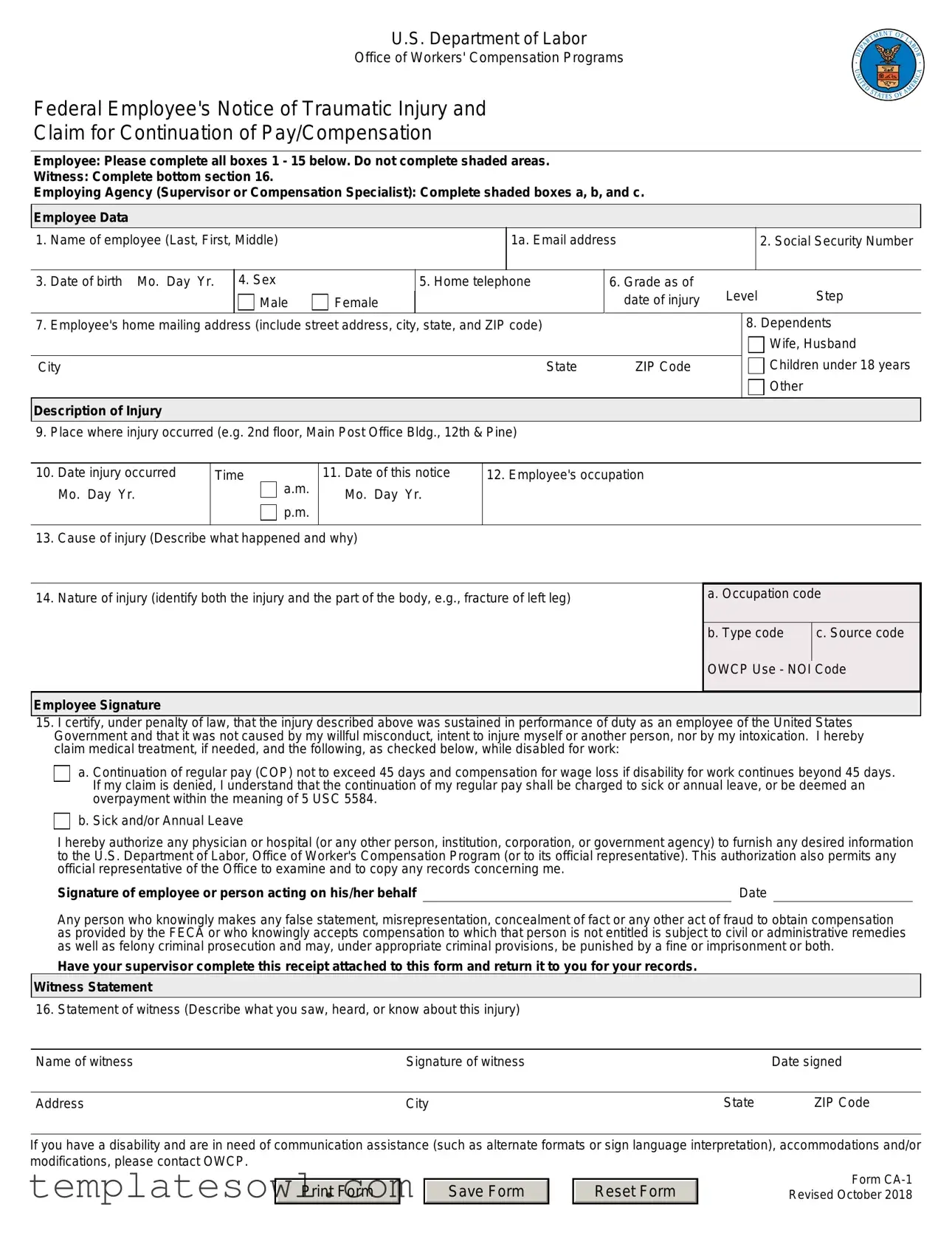
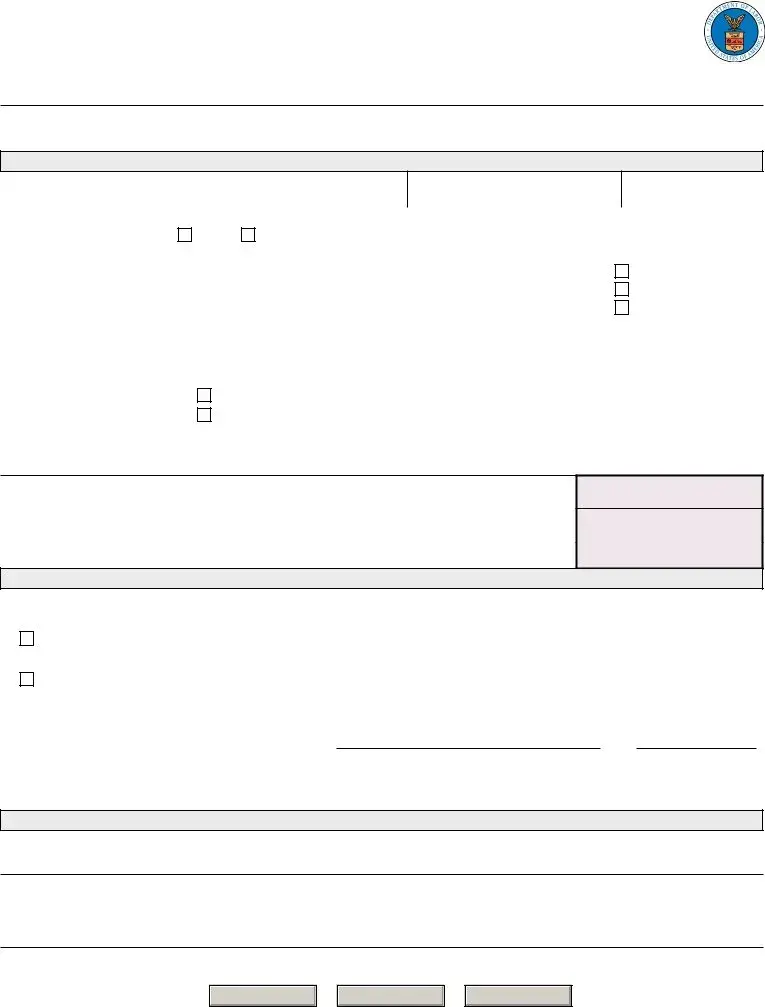
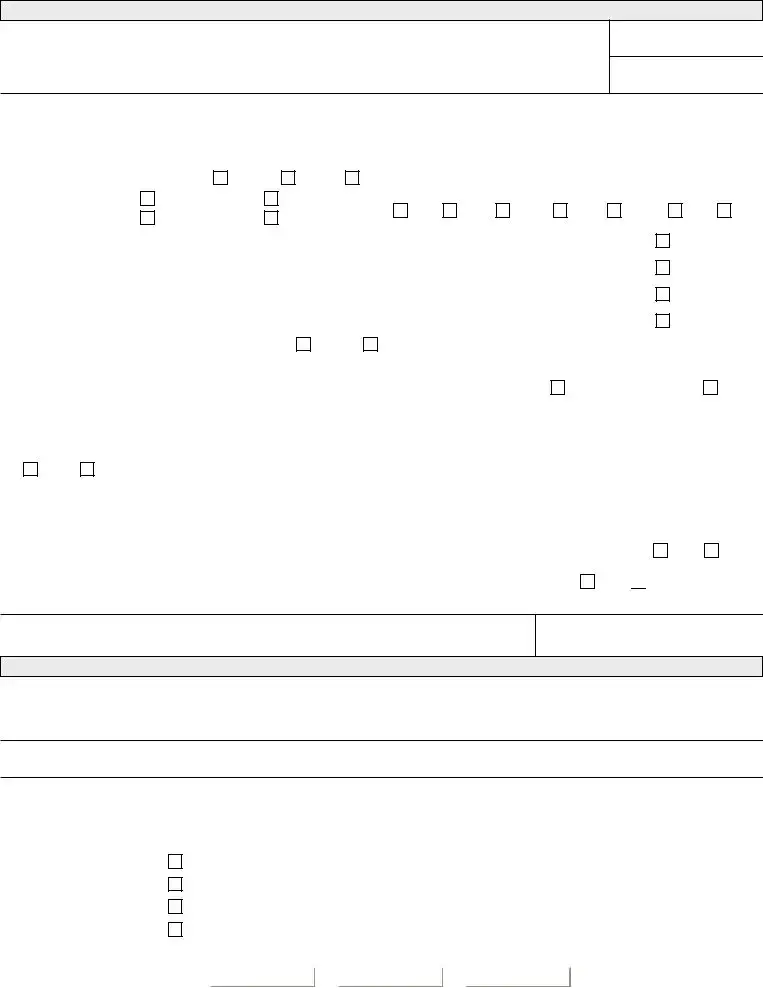

 No (If "No," explain)
No (If "No," explain)